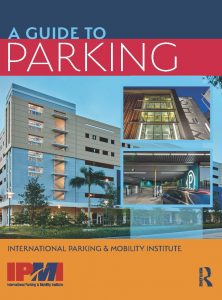 By Tope Longe
By Tope Longe
I’m a just-in-case person when it comes to packing for a journey. And that applies to all journeys–international, local, even from home to the office! I hardly ever travel light. I pack my handbag, lunch bag, laptop bag even if my laptop is not in it. My laptop bag carries my paperwork and books so it’s always essential baggage.
Summer holiday I took my break and decided on a vacation away from Abu Dhabi. Airport checks: I’m used to my handbag being set aside for further checks. My keys are usually in there. So is my jewelry box. But my carry-on luggage? I was surprised when it was set aside for content check. The airport official muttered, “There’s a lot going on in there!” All I had in there was my travel socks, airplane fluffy slippers, headrest/ pillow, blanket (airplanes get very cold), a change of clothes (just in case my checked in luggage was delayed), pairs of sunglasses in their relevant cases, books…
The airport official opened the luggage as he scrutinized the image of the scanned content on his monitor. He looked at me as he searched with gloves protecting his hands. Then he exclaimed, “You’ve got lots of books in there”. He reached to bring them out. He picked up my copy of A Guide to Parking and let out a loud giggle as he asked, “Who reads a book on how to park?” Needless to say, I corrected him. It’s not a book on how to park but a book of useful literature on parking management and its correlation with city, economy, and environmental improvements.
We had a good laugh. It transpired he worked for a parking provider many years ago. He didn’t know there was literature out there on parking. Well, now he knows! Perhaps we need to get a copy if we haven’t already done so and spread the word.
Tope Longe is specialist, contract performance management, with Abu Dhabi, UAE, and a member of IPI’s Board of Directors.

